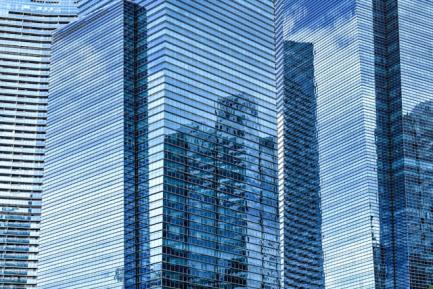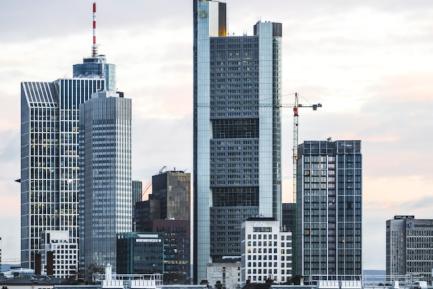
Short-term investment trends in Spain
In this second article devoted to the analysis of investment in Spain, we focus on how investment evolved during the pandemic and we analyse the signals offered by the latest indicators related to gross capital formation.
Investment trends during the pandemic
The pandemic has had a very asymmetric impact on the various components of investment (see first chart). Whereas investment in intangibles and in machinery have recovered and exceeded pre-crisis levels, investment in construction and, above all, in transport equipment still remain well below.

As pointed out by Pacce (2022),1 this asymmetric behaviour reflects the nature of the pandemic itself, which dealt a heavier blow to sectors which involve more in-person human interaction. Thus, activities related to the services sector were more affected than industrial activities. Nevertheless, to the extent that the services sector is less intensive in machinery investment, this type of investment would have been less adversely affected during the pandemic. In addition, the significant investments made in digitalisation in order to enable teleworking and e-commerce will have fuelled investment in both intangibles (i.e. intellectual property) and machinery (which includes computer equipment). Finally, although we could expect the rise of e-commerce to have provided a boost to investment in transport equipment, given the deliveries it involves, the impact of the mobility restrictions and the blow dealt to national and international tourism more than offset that investment boost, thus depressing investment in this category overall.
- 1See M.J. Pacce «El comportamiento de la inversión en equipo durante la pandemia: el papel de su composición sectorial». Economic Bulletin 2/2022. Bank of Spain (content available in Spanish).
The latest indicators
What do the latest investment-related activity indicators, especially those related to investment in machinery, tell us? Unfortunately, we still do not have any hard indicators, based on firm data, for Q2 2022. That said, we do have soft indicators, referring to economic agents’ confidence levels and expectations, as well as indicators related to the main factors that determine investment (see second chart).

The degree of utilisation of the productive capacity in industry is an early indicator of investment, given that when it reaches high levels it indicates the need for investment in order to increase the productive capacity and ensure demand can be met. The level of confidence in industry is also an important indicator, because uncertainty delays the start-up of new investment projects. Finally, we consider the responses to the European Commission’s quarterly survey of industrial companies regarding which factors are limiting their production.2
As can be seen in the second chart, in general all the indicators are above their historical average, so we could expect to see an expansive tone in investment. In particular: the degree of utilisation of productive capacity is high; confidence, although dented since the outbreak of the war between Russia and Ukraine, remains at levels similar to those of pre-pandemic years, and demand is also relatively high.
However, there is a sharp deterioration in the indicator citing the shortage of materials or equipment as one of the main obstacles to production. This indicator reminds us of the difficulties the industrial sector is currently experiencing due to the disruptions in global supply chains – a phenomenon we have analysed in other articles.3
Thus, the outlook for the coming months is uncertain. The encouraging pattern in the indicators mentioned above reflects an economic environment that is conducive to investment growth and a context that is marked by the fading impact of the pandemic and by the effects of the European NGEU funds. It should be recalled that NGEU represents a significant boost to investment. In 2022 alone, the General Government Budget includes investments funded by NGEU amounting to around 27 billion euros, or 2.2% of 2021 GDP, including 10 billion allocated for projects related to the industrial sector and the digitalisation of the economy. However, heightened uncertainty related to the war and the bottlenecks could delay the implementation of many projects, including those related to NGEU, taking the shine off what would otherwise have been a very vigorous pattern of investment growth.
- 2In the second chart we show the responses to the questions as to whether the shortage of materials or equipment and the shortage of demand are limiting factors, although more options are included in the European Commission’s survey.
- 3See, for instance, «Bottlenecks: from the causes to how long they will last» in the MR12/2021, or «Supply chains: no escalation in the disruptions», in the MR02/2022.



